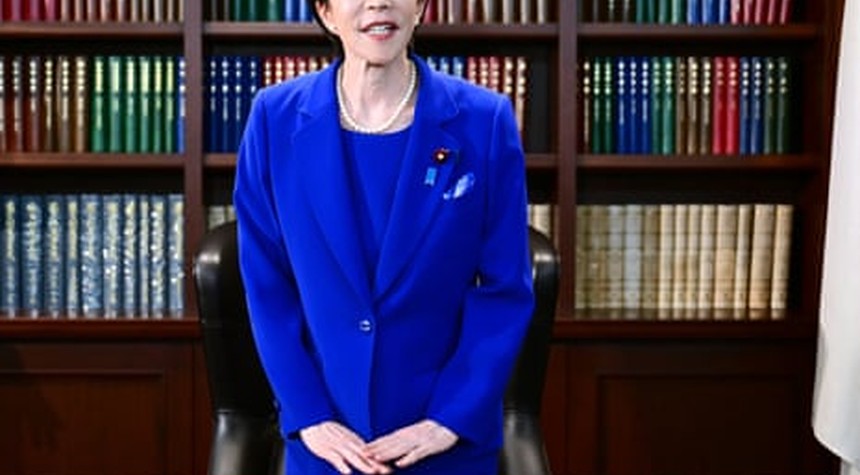In a significant political realignment that strengthens conservative leadership in Japan, Sanae Takaichi is poised to become the nation’s first female prime minister through a strategic coalition between her Liberal Democratic Party (LDP) and the right-wing Nippon Ishin party.
The coalition, formalized Monday, represents a decisive shift toward stronger national security policies and a more assertive stance against Chinese regional aggression. This partnership emerges after the Buddhist-backed Komeito party’s departure from its 26-year alliance with the LDP, creating an opening for a more ideologically aligned conservative coalition.
Takaichi, known for her unwavering conservative principles and strong national defense positions, secured the coalition by aligning with Nippon Ishin’s vision for a more robust Japan. “The strengthening of Japan’s economy and national security cannot wait,” Takaichi declared during the coalition signing ceremony, demonstrating the administration’s clear priorities.
The new alliance, while falling two seats short of a majority in the lower house, positions Takaichi for a virtually assured victory in Tuesday’s prime ministerial vote. This development comes at a crucial time as Japan faces mounting regional tensions and economic challenges.
Let’s be clear about what this means: Japan is pivoting toward a more assertive foreign policy stance, particularly regarding China, while maintaining traditional conservative values domestically. Takaichi’s leadership represents a departure from the recent pattern of weak coalition governments that have plagued Japanese politics.
The coalition agreement includes significant concessions to Nippon Ishin, including the potential establishment of Osaka as a secondary capital and comprehensive social security reforms. These practical measures address both national security concerns and domestic economic challenges.
Critics from the left have attacked Takaichi’s traditional stance on social issues, including her opposition to same-sex marriage and female succession to the imperial throne. However, these positions align with Japan’s conservative base and traditional values.
Takaichi’s imminent leadership comes at a critical juncture, with an upcoming visit from former President Donald Trump and the APEC summit in South Korea on the horizon. These events will test her diplomatic skills and ability to project Japan’s interests on the international stage.
The facts are clear: This coalition represents a conservative realignment in Japanese politics, prioritizing national security, economic strength, and traditional values. While the opposition may criticize this shift, it reflects a democratic response to growing regional threats and domestic challenges.
As Japan’s first female prime minister, Takaichi’s ascension proves that conservative leadership transcends gender while maintaining principled positions on policy. This historic moment demonstrates that strong conservative governance and groundbreaking leadership are not mutually exclusive.
Related: European Leaders Push Anti-Drone Shield as Russia Tensions Mount


